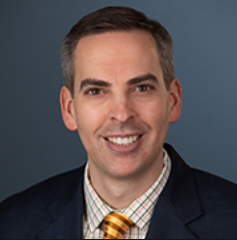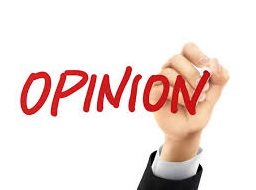
Initial state-level data from the 2020 Census are out. What do these numbers show for Kansas and why do they matter?
The U.S. population grew 7.4 percent from 2010 to 2020, the second lowest growth rate in history. That stemmed from declining birth rates and an aging population, increased deaths, and declining immigration despite growing diversity.
Like most Midwestern states, Kansas had sluggish population growth. It grew only 3 percent and added just 77,000 residents.

Kansas grew more robustly in previous decades. However, per Census estimates, after 2010 its growth withered to practically zero by 2017 before stabilizing. Sam Brownback’s vision of an economic conservatism that would attract right-leaning migrants to Kansas didn’t work.
Like other states, numbers vary by county. Per 2019 Census estimates, only 15 Kansas counties grew last decade. Mostly, these were the Kansas City metro, Wichita and its eastern suburbs, the Manhattan area, Lawrence, and Hays. Basically, suburbia and college towns.
The other 90 counties lost people. Thirteen lost 10 percent or more of their residents. Southeast Kansas and rural Central to Western Kansas shrunk most.
Why does this matter?
First, Kansas could lose a U.S. House district in 2030. Kansas last lost a seat in 1990, diminishing its federal representation and Electoral College influence. Of 435 House seats, 385 are given to states using a formula that prioritizes them on population. Kansas’s fourth seat fell in priority to 392 of 435 this Census. Stagnant growth jeopardizes that seat.
Second, in the Kansas legislature, rural communities will lose representation to urban communities. Southeast Kansas, for example, likely lost population equivalent to roughly one state senate district. The region’s districts will grow larger, possibly costing a regional politician their gig in Topeka and diminishing the area’s political influence.
Third, there’s power politics. America’s growing suburbs are generally getting more Democratic. Suburban economies are outperforming rural economics on attracting higher income, higher education middle class workers—the type of voter who today is trending Democratic. Even in “red states,” most high growth communities attracting residents from out-of-state are getting significantly “bluer.” That changes their local politics, often in ways that conservatives dislike.
Conservatives are responding with “big government conservatism”—meaning limiting local control over policymaking and centralizing authority in state governments where conservatives often have more power. In various states, conservatives are taking away local decision-making over things like community budgets, economic development, wage policies, schools, election administration, policing, zoning, health ordinances, and non-discrimination ordinances. Kansas has seen echoes of this in various policy areas.
Big government conservatism grows conservative power, a clear political win. However, this gives local communities less control over things like schools. Or libraries, parks, and recreation centers funded by local taxes. Or even how they grow.
Kansas’s growth is highly dependent on a small number of urbanized, often less conservative communities. Their ability to independently manage and maintain their own growth to attract the type of American who is more geographically mobile in today’s economy is critical for all of Kansas.
Unless Kansas improbably figures out how to attain growth rates like Colorado or Utah, its challenges are twofold. Can state policy help shrinking and aging communities, especially rural ones, thrive and hopefully stabilize? And can state policy help our few growing counties keep growing, even if that means letting them govern themselves?
Patrick R. Miller is an Associate Professor of Political Science at the University of Kansas.






